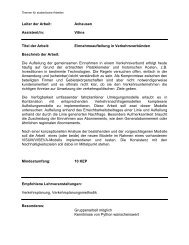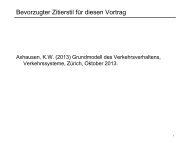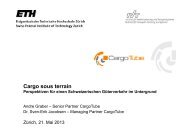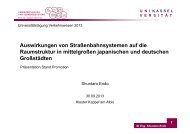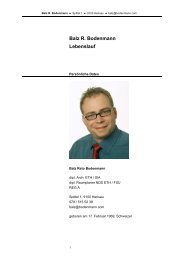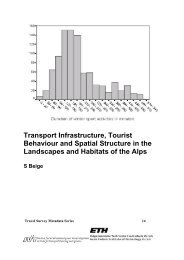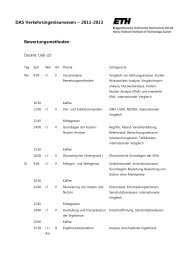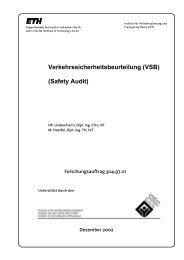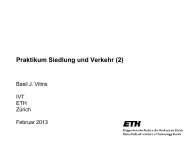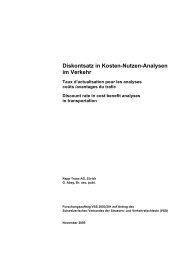A Tour-Based Model of Travel Mode Choice - Civil Engineering ...
A Tour-Based Model of Travel Mode Choice - Civil Engineering ...
A Tour-Based Model of Travel Mode Choice - Civil Engineering ...
You also want an ePaper? Increase the reach of your titles
YUMPU automatically turns print PDFs into web optimized ePapers that Google loves.
10 th International Conference on <strong>Travel</strong> Behaviour Research<br />
August 10-15, 2003<br />
A random utility approach is adopted in this model to determine the choice among these options.<br />
The utility <strong>of</strong> person p choosing mode m for trip t on trip chain c, U(m,t,p), is:<br />
U(m,t,p) = V(m,t,p) + ε(m,t,p) t∈T(c,p); m∈f(t,p) [1]<br />
where:<br />
V(m,t,p)=<br />
ε(m,t,p)=<br />
T(c,p) =<br />
f(t,p) =<br />
systematic utility component <strong>of</strong> mode m for trip t for person p<br />
random utility component <strong>of</strong> mode m for trip t for person p<br />
set <strong>of</strong> trips on chain c for person p<br />
set <strong>of</strong> feasible modes for trip t for person p<br />
Further, we assume that the utility for a specific combination <strong>of</strong> chosen modes for the entire<br />
trip chain c, U(M,p) is simply the sum <strong>of</strong> the individual trip utilities:<br />
U(M,p) = ∑ t∈T(c,p) V(m(t),t,p) + ∑ t∈T(c,p) ε(m(t),t,p) M∈F(c,p) [2]<br />
where:<br />
M = one set <strong>of</strong> specific feasible modes for the trips on chain c for person p (the<br />
chain mode set)<br />
F(c,p) = set <strong>of</strong> chain mode sets for chain c for person p; this set is defined by both a<br />
priori trip constraints (e.g., trip distance too long to walk) and chain-based “contextual”<br />
constraints (e.g., can’t use auto-drive on return trip if it was not used on the outbound<br />
trip)<br />
A special case <strong>of</strong> M is the all-drive chain (D), for which equation [2] simplifies to:<br />
U(D,p) = ∑ t∈T(c,p) V(d,t,p) + ∑ t∈T(c,p) ε(d,t,p) [3]<br />
where d represents the drive trip mode.<br />
The other values <strong>of</strong> M involve the feasible combinations <strong>of</strong> individual trip-based mode<br />
choices (e.g., for a three-trip tour: transit-transit-transit; transit-walk-taxi; etc.) that define the<br />
NPV chain option. Since in the case <strong>of</strong> the NPV option the mode for each trip in the chain is<br />
chosen individually, equation [2] reduces to:<br />
U(NPV,p) = ∑ t∈T(c,p) MAX m∈f(t,p) [U(m,t,p)] [4]<br />
where U(NPV,p) is the optimal NPV chain mode set.<br />
Equation [2] represents a major assumption in the model design. It is essential to provide a<br />
consistent comparison between chain-based and trip-based modes, as well as to deal with<br />
7



